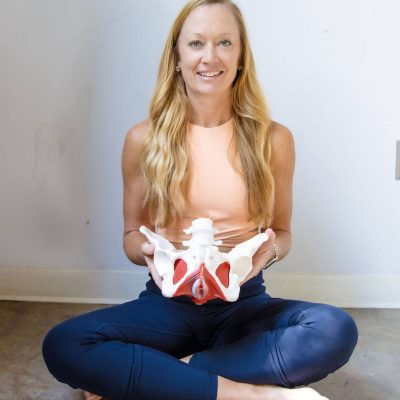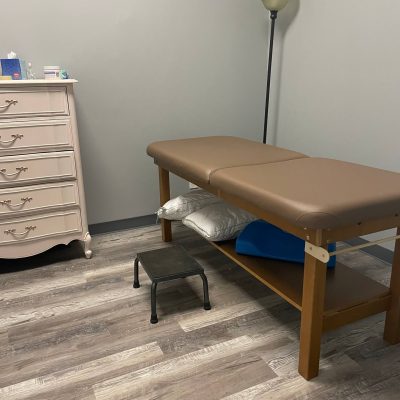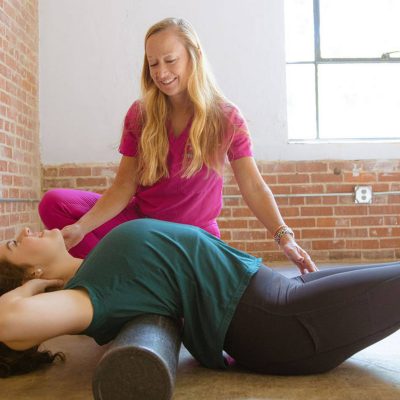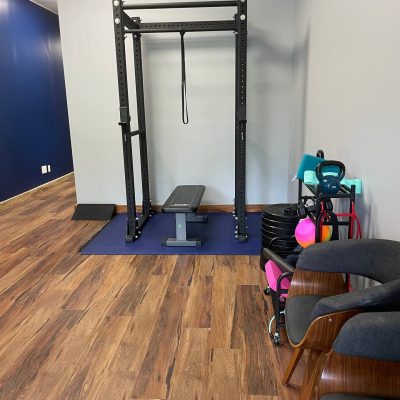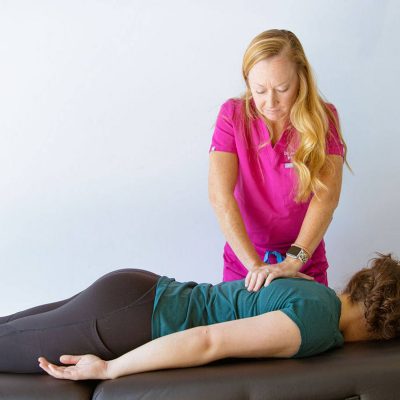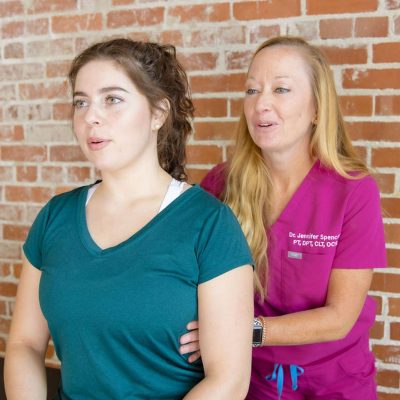1. What are the benefits of compression socks?
Compression socks help to prevent swelling in the lower extremities. They can decrease aches and fatigue in the legs. They can reduce soreness after increased activity.
2. How do compression socks work?
Compression socks (or stockings) are special socks that apply a certain amount of pressure to your feet, ankles, and lower legs to prevent accumulation of swelling and improve venous return of blood back to the heart. Most people do not understand that compression socks do not eliminate present swelling; they only work when placed on a leg WITHOUT swelling (such as in the early morning hours) and an adequate compression sock should PREVENT the accumulation of swelling throughout the day.
3. Why might pregnant women need compression socks?
Pressure from the growing baby in the abdomen can place pressure on lymphatic vessels in the abdomen and groin and impair lymphatic flow, resulting in swelling in the lower legs.
4. What type of compression socks are best for pregnancy?
Closed toe, knee high socks are best for swollen feet and ankles. If only an ankle style compression sock is worn, swelling can be pushed up to where the socks stop. If someone notices swelling above their knees, thigh high compression stockings should be worn.
5. What is mmhg and which levels are recommended? Should any specific level should be *avoided* in pregnancy?
MmHg is indicative of “millimeters of mercury” and is a standard unit of measurement for pressure. 10-15, 15-20 or 20-30mmhg are light-medium levels of compression that can be used for mild swelling. 30-40mmhg can be used if light-medium compression does not prevent fluid accumulation. 30-40mmhg is usually enough pressure to combat the effects of gravity during the day. If 30-40mmg does not prevent fluid accumulation, I would highly recommend seeing a Vascular Specialist or Certified Lymphedema Therapist! A Certified Lymphedema Therapist can perform something called Manual Lymphatic Drainage to assist in management of swelling.
6. How long should I wear compression socks while pregnant?
Compression socks should be worn as long as someone is experiencing swelling in the legs. They should be applied first thing in the morning and removed before going sleep at night.
7. Can I sleep in compression socks?
It is not recommended to sleep in compression socks! Compression socks can roll down while someone is asleep and create a tourniquet effect. Elevating legs against gravity, such as lying in bed, helps lymphatic fluid and blood better return to the central part of the body.
8. Are there activities they shouldn’t be worn during?
Exercise is a fantastic time to wear compression socks! When compression socks are worn during exercise, they provide a gentle squeeze against working muscles which helps to activate the lymphatic system. Increased lymphatic flow aids in decreasing fluid.
9. Can/should they be worn if someone sits all day?
Compression socks should be worn during all waking hours when legs are dependent against gravity, such as in sitting, standing, walking. Swelling increases in the lower legs when they are down; gravity assists in the pooling of fluid. It is harder for the lymphatic system to pump fluid up against gravity.
10. Is there a limit to how many hours a day they can/should be worn?
There is not a limit to how many hours compression should be worn. As a general rule, they should be taken off when lying down such as going to sleep at night. They should ideally be put on first thing in the morning and be worn throughout the day to prevent fluid accumulation during waking hours.
11.Are graduated compression socks more comfortable or more effective than non-graduated?
Graduated compression socks are designed to provide the most pressure at the ankle and gradually decrease in pressure as the sock goes up the leg. This helps improve lymphatic flow and blood flow from the legs back to the heart and can reduce swelling, fatigue, and the risk of blood clots. Non-graduated compression socks provide the same amount of pressure throughout the entire sock. Overall, graduated compression socks are more commonly recommended and used as they have been shown to be more effective in improving blood flow and reducing swelling in the legs.

